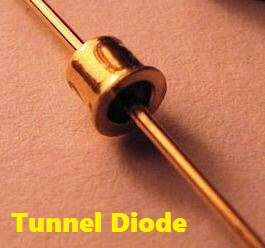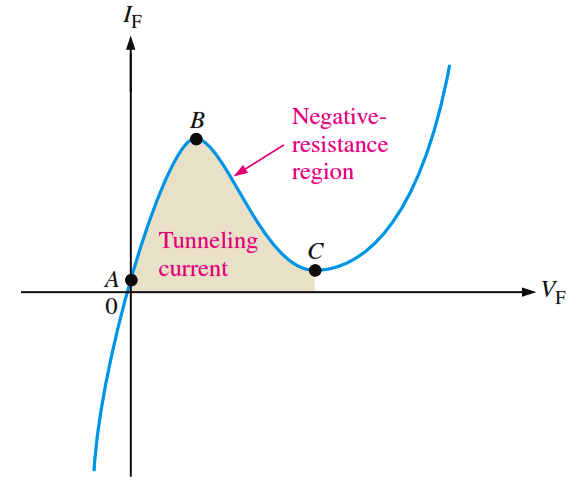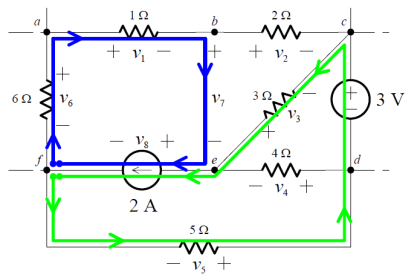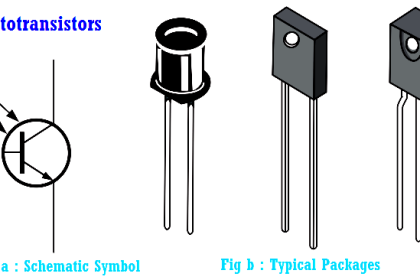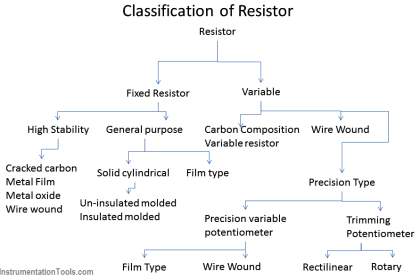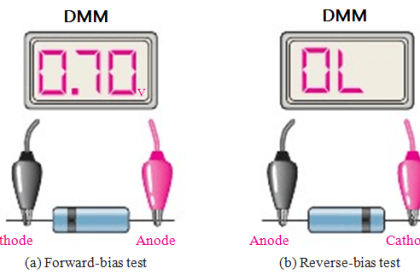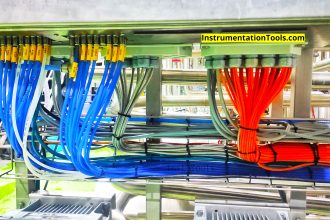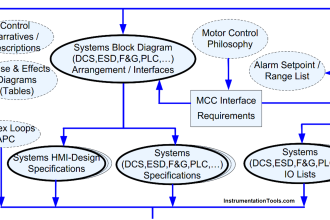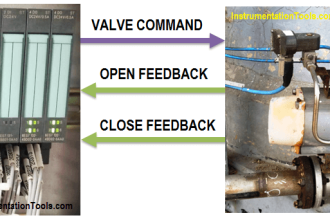A tunnel diode or Esaki diode is a type of semiconductor that is capable of very fast operation, well into the microwave frequencyregion, made possible by the use of the quantum mechanical effect called tunneling.
Definition
Tunnel diode is a highly doped semiconductor device and is used mainly for low voltage high frequency switching applications. It works on the principle of Tunneling effect. It is also called as Esaki diode named after Leo Esaki, who in 1973 received the Nobel Prize in Physics for discovering the electron tunneling effect used in these diodes.
Circuit symbol
The tunnel diode is a two terminal device with p type semiconductor acting as anode and n type semiconductor as cathode. The circuit symbol of tunnel diode is shown.
A Tunnel Diode is s pn junction that exhibits negative resistance between two values of forward voltage.
The tunnel diodes basically a pn junction with heavy doping of p type and n type semiconductor materials .tunnel diode is doped 1000 times as heavily as a conventional diode Heavy doping results in large no of majority carriers. Because this large no of carriers, most are not used during initial recombination that produces depletion layer. It is very narrow. Depletion layer of tunnel diode is 100 times narrower. Operation of tunnel diode depend son the tunneling effect
Tunnel diode working principle
According to the classical laws of physics a charged particle sin order to cross an energy barrier should possess energy at least equal to the energy barrier. Hence the particle will cross the energy barrier if its energy is greater than the barrier and cannot cross the barrier if its energy is less than the energy barrier. But quantum mechanically there exists non zero probability that the particle with energy less than the energy barrier will cross the barrier as if it tunnels across the barrier. This is called as Tunneling effect. The probability increases with the decreasing barrier energy.
P α exp (-A*Eb *W)
Where P is the probability that the particle crosses the barrier,
Eb is the barrier energy
W is the barrier width.
In normal PN junction diodes the doping levels will be of the order 1 dopant atom in 108 atoms of Si (or) Ge. If the doping levels are increased to 1 in 103, the depletion layer width is of the order of 10 nm. In such a PN junction tunneling effect is significant, such PN junction devices are called Tunnel diodes.
VI characteristics of Tunnel diode:
The IV characteristics of the tunnel diode is shown below
For small forward voltages owing to high carrier concentrations in tunnel diode and due to tunneling effect the forward resistance will be very small. As voltage increase she current also increases till the current reaches Peak current. If the voltage applied to tunnel diode is increased beyond the peak voltage the current will start decreasing. This is negative resistance region. It prevails till valley point. At valley point the current through the diode will be minimum. Beyond valley point the tunnel diode acts as normal diode. In reverse biased condition also Tunnel diode is an excellent conductor due to its high doping concentrations.
Tunnel diodes are made from Germanium or gallium arsenide due to their highest peak voltage to valley point swing. The ratio of high peak current to valley current quantifies the maximum voltage swing allowed in negative resistance region.
Advantages of tunnel diode
- High speed of operation due to the fact that the tunnelling takes place at the speed of light.
- Low cost
- Low noise
- Environmental immunity
- Low power dissipation
- Simplicity in fabrication
- Longevity
Disadvantages of tunnel diode
- Low output voltage swing
- Because it is a two terminal device, there is no isolation between input and output.
Applications of tunnel diode
Some of the applications of Tunnel diode are
- Tunnel diodes are used as very high speed switches
- Used as high frequency micro wave oscillator

